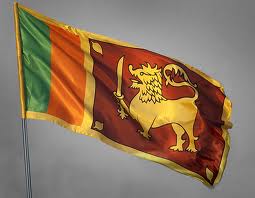Flowers are red, pink or white, large (3-5 cm in diameter), solitary or 2-3, on short pedicels with lanceolate bracts, five-membered (petals 5, sepals 5). Hips – mnogooreshek a juicy receptacle in which the hairy nuts enclosed in a spherical or egg-shell of the fruit, formed from the swollen concave receptacle. Since the walls of rose hips is formed from the receptacle, before it was referred to the false fruit, fruitlets with nuts in it. Inside bristly hips, juicy, bright red or orange color on the outside of the fruit after ripening sepals persist. Blooms from mid-May to July. The fruits ripen in August – September. Fruiting rose with the age of three.
Known for more than 60 species and many varieties of wild rose. The most common rose cinnamon, rose hips dauricus – R. dahurica Pall., rose echinate – R. acicularis Lindl., rose dog – R. sapgpa L., wrinkled rose – R. rugosa Thunb. Rosehip cinnamon grows almost throughout the entire European part of Russia, especially in the north, as well as in Western and Eastern Siberia to Lake Baikal.
Rosehip dauricus different black-and-purple color of the branches. Grows in the southern East Siberia and the Far East. Rosehip echinate has branches, thickly set with fine uniform straight bristles at the base of leaf often with 2 thin spines. It grows in the forest zone, entering into the tundra. She has an extensive range – from Pacific Ocean to the Republic of Karelia. The southern boundary of the range passes through northern , along the Volga River to the west to the Gulf of Finland.
